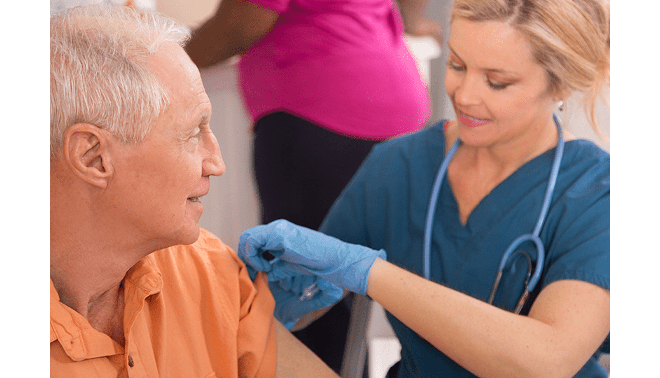
One of the big issues with understanding how rapamycin works in healthy people trying to prevent aging related disease and disfunction is that virtually all the 20+ year history of clinical studies for rapamycin have almost all been done in very sick people. Specifically, people who have had organ transplants and are on a large number of drugs, or people who have cancer or heart disease and who again may be being treated with many other drugs simultaneously. In these applications the patients take rapamycin at high daily doses. So the side effects (and benefits) are going to be very different from what people will experience if they are healthy taking low weekly doses used in anti-aging.
Rapalog Enhances Flue Shot Effectiveness by 20%, Minor Side Effects on Weekly Dose
The most important paper that really kickstarted the use of rapamycin for anti-aging in humans and highlighted both the potential benefits, and minimal side effects when taken weekly, was the 2014 Mannick paper (shown below).
Read the full story here: Rapamycin Clinical Studies in Healthy People (part 2)